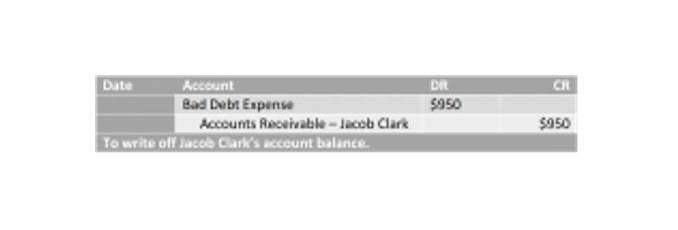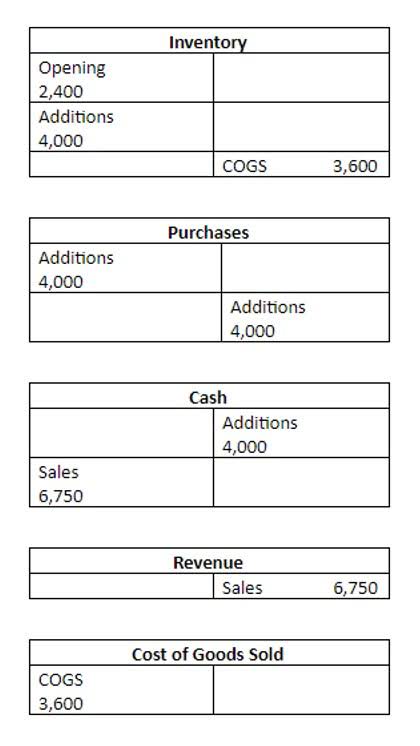
Keep in mind the time value of money, and be sure to use the correct formula when calculating your annuity investment. Insurance companies calculate lifetime annuity payment schedules using complex actuarial tables. Single premium lifetime annuities can be purchased with a single lump sum. Once you sign a contract with an insurance provider, you deposit a premium on which the insurance company pays interest regularly at a predetermined rate. After the contract completes, you receive both the principal and the accrued interest. Deferred annuities function more like 401(k)s in that how to calculate future value of annuity policyholders make regular premium contributions over a long period before they start receiving payments.
- This could be monthly, quarterly, or annually, depending on your payment schedule.
- By inputting your expected contributions, interest rate, and the number of periods until retirement, you can estimate how much your annuity will be worth when you retire.
- Keep reading to learn how to calculate each value and how to use this knowledge to secure your future.
- These annuities involve making a large lump sum payment and immediately gaining access to an annual payout for the rest of your life.
- On this page, you can calculate future value of annuity (FVA) of both simple as well as complex annuities.
- It’s true that $100,000 in your pocket today is worth more than 10 payments of $10,000 over 10 years.
- This textbook covers essential financial management principles, including the calculation of annuities and their future value.
Present vs. future value of an annuity: what’s the difference?

The fundamental idea is that receiving money in the future is not as valuable as having it today due to its earning potential. Users should consider these deductions when planning their finances, as they can significantly impact the final value of the annuity. The calculator accounts for these factors by subtracting the total deductions from the calculated future value, providing a more realistic estimate of the final amount. These inputs are crucial for accurately payroll calculating the future value of the annuity, as they determine the growth rate and the total contributions over time.
- There are fixed annuities, where the payments are constant, but there are also variable annuities that allow you to accumulate the payments and then invest them on a tax-deferred basis.
- As mentioned, an annuity due differs from an ordinary annuity in that the annuity due’s payments are made at the beginning, rather than the end, of each period.
- Unless your \(CY\) also changed to the same frequency, this means that you must scroll down to the CY window and re-enter the correct value for this variable, even if it didn’t change.
- However, we do not sell annuities or any insurance products, nor do we receive compensation for promoting specific products.
- However, you can apply our future value of annuity calculator to help solve some more complex financial problems.
Comparing Different Annuity Products
When the factor is determined, remember to look down the appropriate interest column to find the factor on the annuity table. In some cases, you may want to determine the interest rate that must be earned on an annuity in order to accumulate a predetermined amount. The second payment earns interest for 2 periods and accumulates to $1.2100, and the third payment earns interest for only 1 period and accumulates to Law Firm Accounts Receivable Management $1.10. It earns interest for only 3 periods because it was deposited at the end of the first period and earns interest until the end of the fourth.
What About Other Kinds of Annuities?
There are fixed annuities, where the payments are constant, but there are also variable annuities that allow you to accumulate the payments and then invest them on a tax-deferred basis. There are also equity-indexed annuities where payments are linked to an index. This period could be weekly, monthly, quarterly, annually or at any other regular time interval. Keep in mind this is the formula for the present value of an ordinary annuity. The size and frequency of these payments directly impact the future value. Larger and more frequent payments lead to a higher future value, as they increase the total amount invested.
Based on the payment period

Present value of an annuity refers to how much money must be invested today in order to guarantee the payout you want in the future. The most important way to differentiate annuities from the view of the present calculator is the timing of the payments. The figure shows how much principal and interest make up the final balance. If the winner was to invest all of his lottery prize money, he would have $2,544,543.22 after 25 years. The savings annuity will have a balance of $221,693.59 after the 20 years. After 11 years of $1,000 quarterly contributions, the client has $66,637.03 in the account.

Step 3: Use Excel’s PV Function

Additionally, considering deductions can provide a more accurate estimate of the final amount. The future value of annuity calculator is a compact tool that helps you to compute the value of a series of equal cash flows at a future date. In other words, with this annuity calculator, you can estimate the future value of a series of periodic payments. You can also use it to find out what is an annuity payment, period, or interest rate if other values are given. Besides, you can read about different types of annuities and get some insight into the analytical background. An annuity due occurs when payments are made at the beginning of the payment interval.